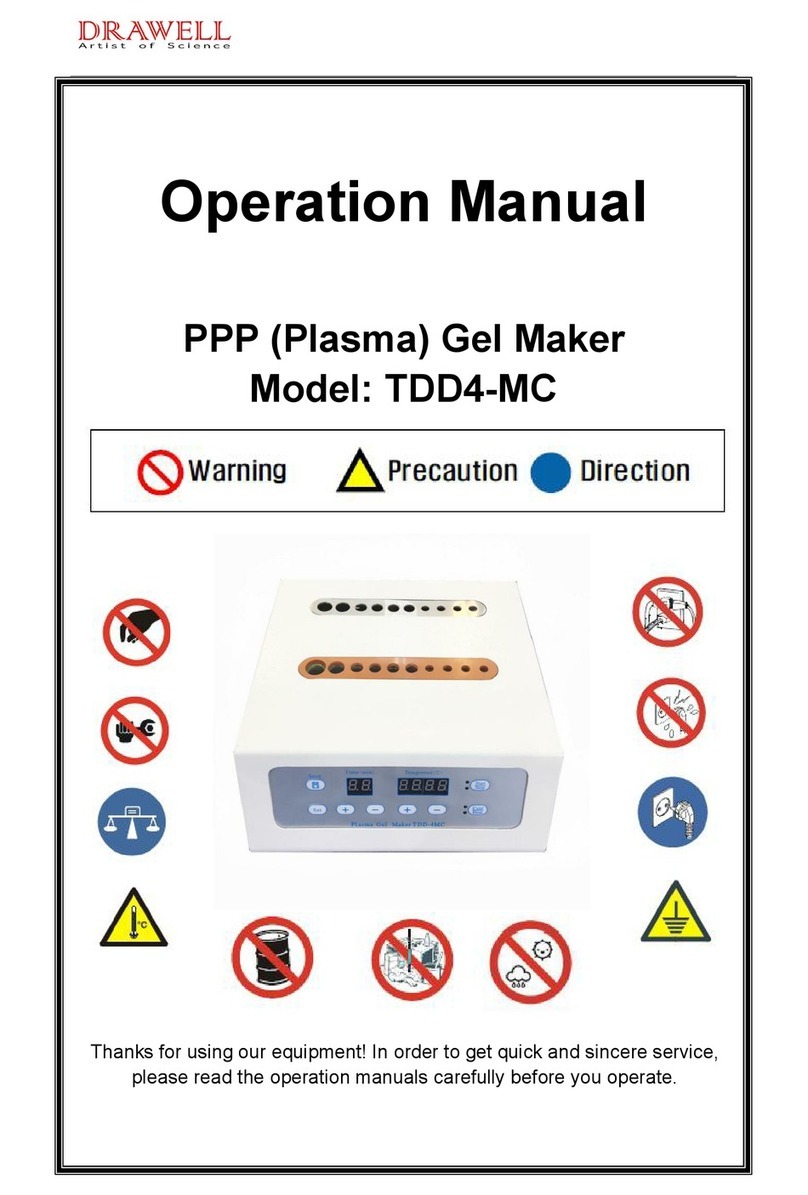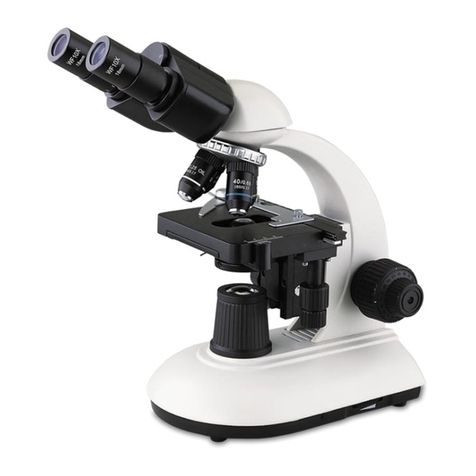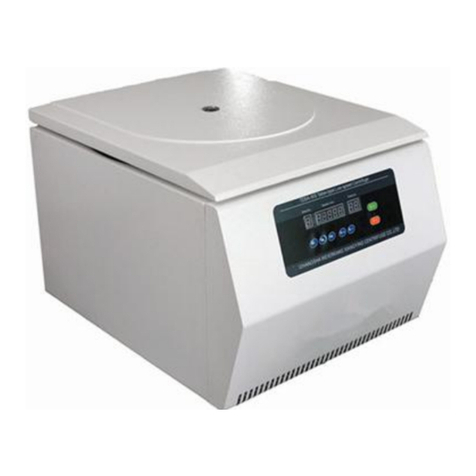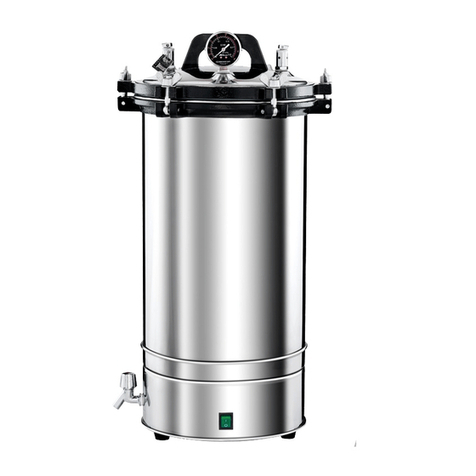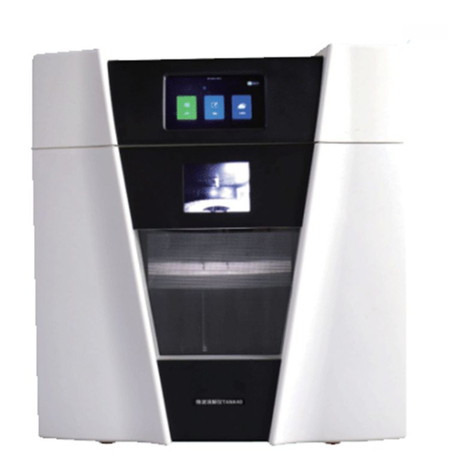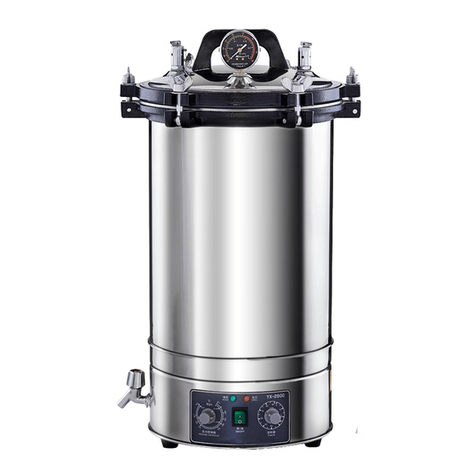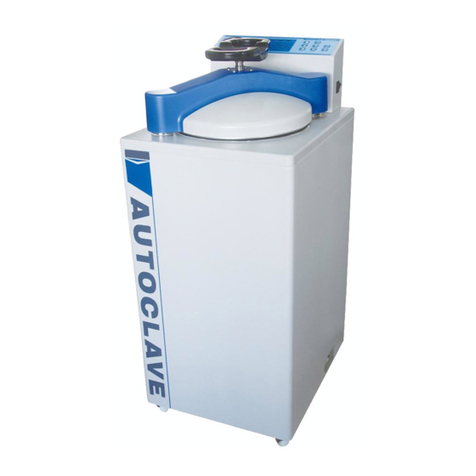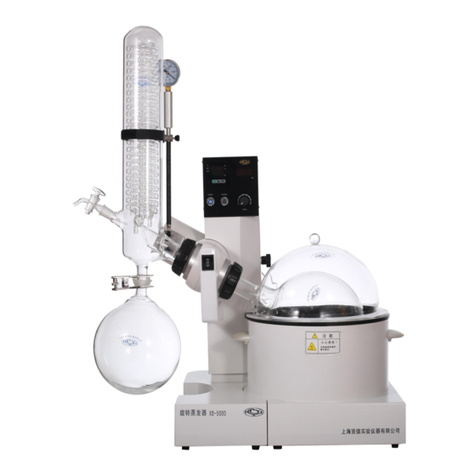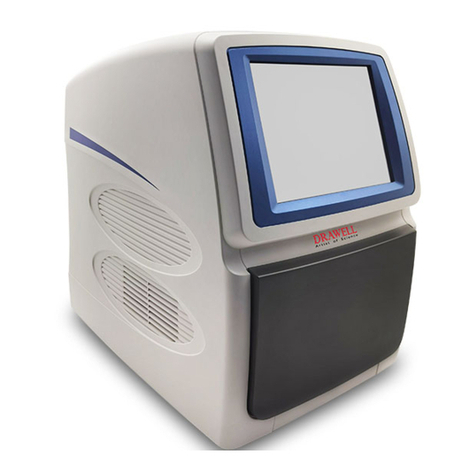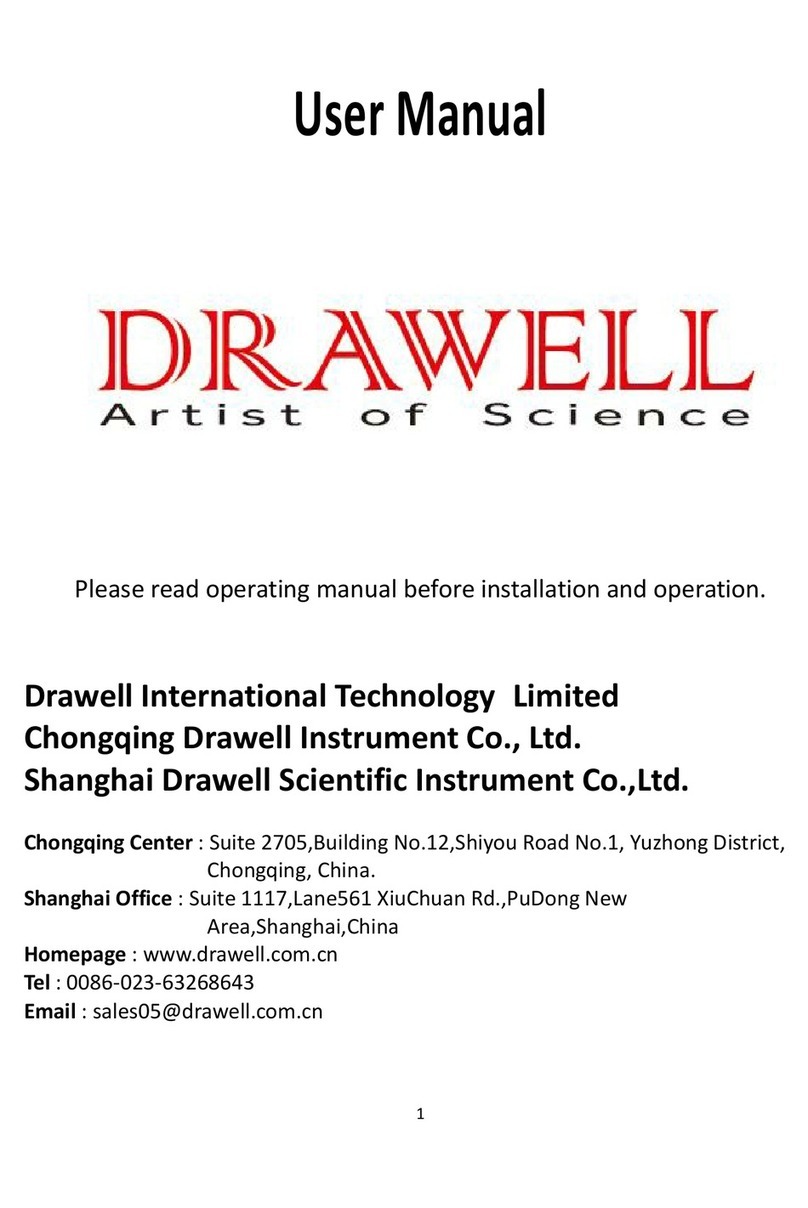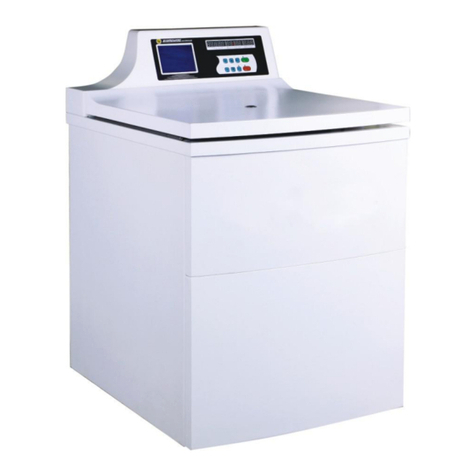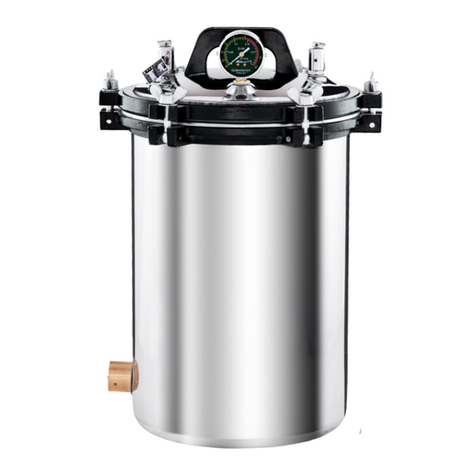
User Manual of CIC-D100 Ion Chromatograph
II
4.7.3 Regular check.............................................................................................................................................42
5 COMMON FAULTS AND TROUBLESHOOTING............................................................................................43
5.1 PUMP PRESSURE FLUCTUATION...........................................................................................................................43
5.2 FREQUENT OVERPRESSURE................................................................................................................................. 43
5.3 LARGE BASELINE NOISE......................................................................................................................................44
5.4 LARGE BASELINE DRIFT......................................................................................................................................45
5.5 TOO HIGH BACKGROUND VALUE.........................................................................................................................45
5.6 LOW RESPONSE VALUE........................................................................................................................................45
5.7 ABNORMAL SUPPRESSOR CURRENT.................................................................................................................... 46
5.8 NO PEAK............................................................................................................................................................. 46
5.9 PEAK TAILING..................................................................................................................................................... 46
5.10 POOR DEGREE OF SEPARATION..........................................................................................................................47
5.11 POOR REPEATABILITY........................................................................................................................................47
5.12 POOR LINEARITY...............................................................................................................................................48
5.13THERE ARE BUBBLES IN INFUSION PUMP........................................................................................................... 48
5.14 HANDLING OF ABNORMAL INSTRUMENT CONTROL.......................................................................................... 49
6 MAINTENANCE.....................................................................................................................................................50
6.1 REMOVAL OF BLOCKING UNITS...........................................................................................................................50
6.2 REPLACEMENT OF PIPELINES AND JOINTS...........................................................................................................50
6.3 REPLACEMENT AND CLEANING OF THE CHECK VALVE....................................................................................... 51
6.3.1 Steps of cleaning check valve.....................................................................................................................51
6.3.2 Replacement of check valve.................................................................................................................. 52
6.4 REPLACEMENT OF SEALING RING OR PLUNGER ROD.......................................................................................... 52
6.5 REPLACEMENT OF CONDUCTIVITY CELL.............................................................................................................53
6.6 REPLACEMENT OF AMPEROMETRIC DETECTION CELL GASKET...........................................................................54
6.7 REPLACEMENT REFERENCE ELECTRODE............................................................................................................55
6.8 REPLACEMENT OF THE SUPPRESSOR...................................................................................................................55
6.9 REPLACEMENT OF THE POWER FUSE...................................................................................................................56
6.10 REPLACEMENT OF THE ELUENT GENERATOR STORAGE TANK........................................................................... 57
6.11 REPLACEMENT OF CAPTURE COLUMN.............................................................................................................. 59
A. NORMS...................................................................................................................................................................60
A.1 ELECTRICAL CORRELATION................................................................................................................................60
A.2 PHYSICAL CORRELATION....................................................................................................................................60
A.3 ENVIRONMENTAL CORRELATION........................................................................................................................60
B. INSTALLATION....................................................................................................................................................61
B.1 EQUIPMENT REQUIREMENTS.............................................................................................................................. 61
B.2 UNPACKING........................................................................................................................................................61
B.3 INSTALLATION SOFTWARE.................................................................................................................................. 62
B.4 CONNECTING THE INSTRUMENT TO COMPUTER................................................................................................. 62
B.5 CONNECTING THE AUTOMATIC SAMPLER TO THE INSTRUMENT (OPTIONAL)..................................................... 62
B.5.1 Steps for connecting SHA-1 to instrument trigger line...........................................................................63
